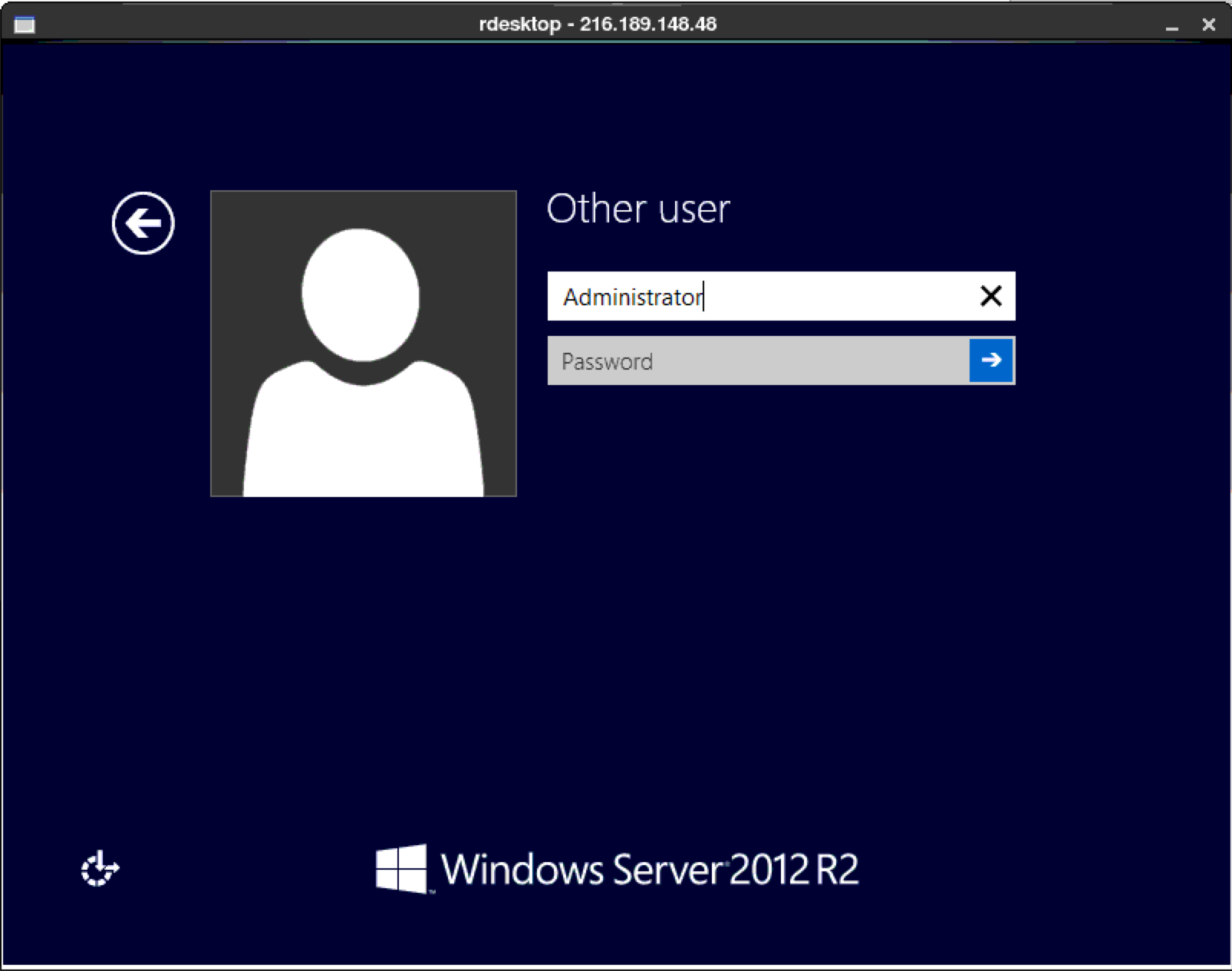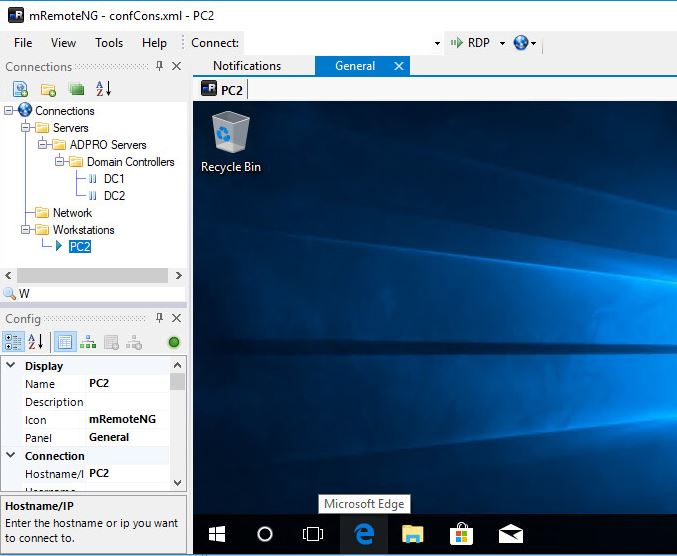

- REMOTE DESKTOP CONNECTION LINUX INSTALL
- REMOTE DESKTOP CONNECTION LINUX CODE
- REMOTE DESKTOP CONNECTION LINUX WINDOWS
REMOTE DESKTOP CONNECTION LINUX INSTALL
The interface also offer a built-in VNC client that you can use it to connect to your current session if you have VNC server enabled so you don’t have to install a separate VNC client from the client machine you are connecting from.
REMOTE DESKTOP CONNECTION LINUX WINDOWS
Turns out this is what I preferred as the local sessions should be reached with VNC instead and I’d prefer my remote sessions happen at the background without showing it on the local screen.Īs of now (), the author of xrdp mentioned in his blog that a remote session cannot take over a locally logged in session like Windows RDP does: In the newer version as of writing, the default behavior is that locally logged in sessions are independent of remotely logged in sessions, yet the remotely logged in sessions resumes by default (if you log in as the same user). This only solves the part of simultaneous local & remote logons RIGHT BEFORE the last lines which checks and calls the Xsession test -x /etc/X11/Xsession & exec /etc/X11/Xsession To add EITHER unset DBUS_SESSION_BUS_ADDRESS And this blog suggested you edit the windows manager launch script sudo nano /etc/xrdp/startwm.sh
REMOTE DESKTOP CONNECTION LINUX CODE
Turns out given a bunch of quirks of xrdp, this is much easier to do so than reproducing MS-RDP’s default behavior.Īllow overtaking of locally logged-in sessionįirst of all, out of the box, the same remote user cannot overtake locally logged-in desktops nor be simultaneously logged in! It’s either one way or the other! I got bumped out immediately after logging in through sesman, or if I logged in remotely first, I get bumped out when I try to log in locally.įound somebody suggested that certain desktop environment might have added code to prevent the second session from opening. I’d also like to resume my remote sessions if I log in from another computer instead of starting from scratch with each new RDP connection. if I want things to show up on the local monitor screen, I’ll use VNC instead). I am usually fine with this arrangement as well, but often prefer to connect to my remote sessions work in the background leaving the local user alone (i.e. If you want each session to start fresh and leave other sessions alone, disable this in Group Policy Object editor under Computer Configuration > Administrative Templates > Windows Components > Remote Desktop Services > Remote Desktop Session Host > Connections -> "Restrict Remote Desktop Services user to a single Remote Desktop Services session“. In Windows, RDP do not distinguish between local and remote users and sessions with the same login account will take over other existing sessions. You start a VNC server (like X11vnc) with a display/screen (can be started in any X session you logged in, or the local user screen if you set the VNC server as a service) and connect to it in this RDP intermediary (welcome interface) without installing VNC client software. Xvnc (libvnc.so): basically a VNC client.


Xrdp does not follow the use pattern as Microsoft’s RDP. VNCs, NX (NoMachine)/TeamViewer does not count because they share the screen of an existing session, instead of creating a new one for you. To serve Linux Desktop just like other Windows computer through Windows Remote Desktop (formerly Terminal Services), so far I have found xrdp (xorgxrdp).


 0 kommentar(er)
0 kommentar(er)
